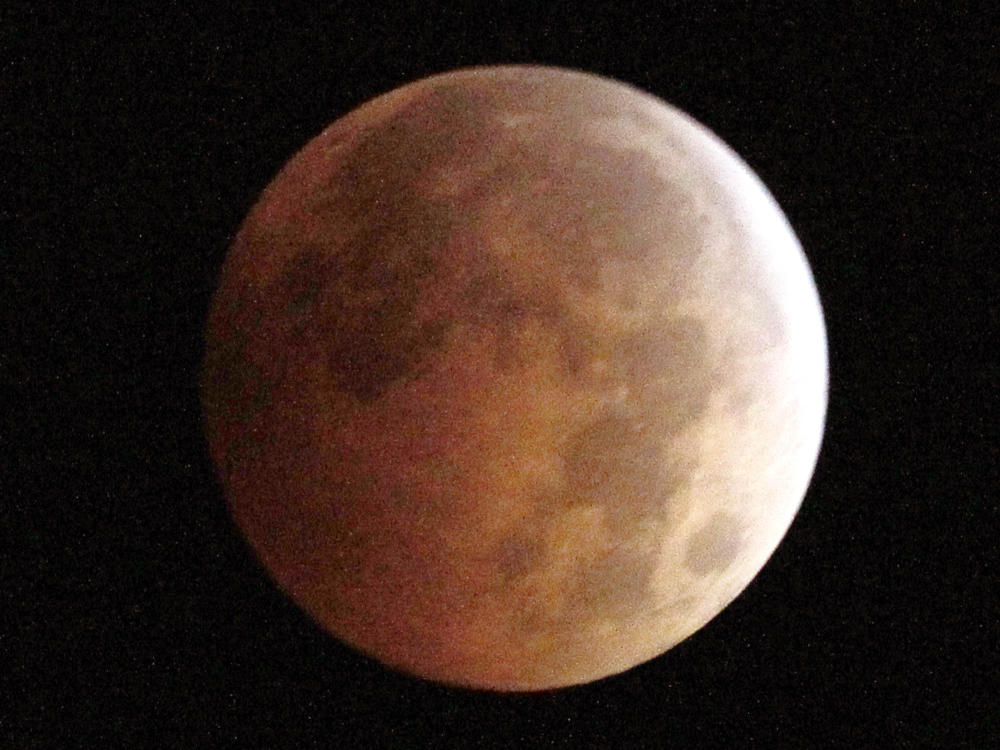Maybe you’ve become inured of all the superlatives that get attached to sky-watching events. But the one on Sunday really is worth a look — it’s the first total eclipse that’s also a super moon and a blood moon in more than three decades.
As Space.com explains: “Supermoons occur when the moon reaches its full phase at or near the satellite’s closest approach to Earth, and appears abnormally large and bright as a result. The Sept. 27 event is quite special; the last supermoon eclipse occurred in 1982, and the next won’t take place until 2033.”
The total eclipse will also feature a blood moon, a phenomenon caused by a refraction of moonlight in the Earth’s atmosphere known as Rayleigh Scattering.
Sunday’s event is also the culmination of a “tetrad” — the last of four successive lunar eclipses that started with the April 15, 2014, eclipse, followed by one on Oct. 8, 2014, and again on April 4 of this year.
As Sky & Telescope writes: “Observers in the eastern half of North America can watch every stage of the eclipse, from beginning to end of the partial phases (3 1⁄3 hours in all) during convenient hours of late twilight or darkness with the Moon mostly high in the sky. If you’re in the Far West, the first partial stage of the eclipse is already in progress when the Moon rises (due east) around the time of sunset. Those in Europe and Africa see the eclipse on the local morning of the 28th.”
Totality (when the moon is completely in Earth’s shadow) arrives at 10:11 p.m. ET for those in the country’s East, or 9:11 p.m. CT for those in the Midwest.
To get the exact time of the eclipse for your location, the U.S. Naval Observatory’s page has a handy calculator.
9(MDA3MTA1NDEyMDEyOTkyNTU3NzQ2ZGYwZg004))
